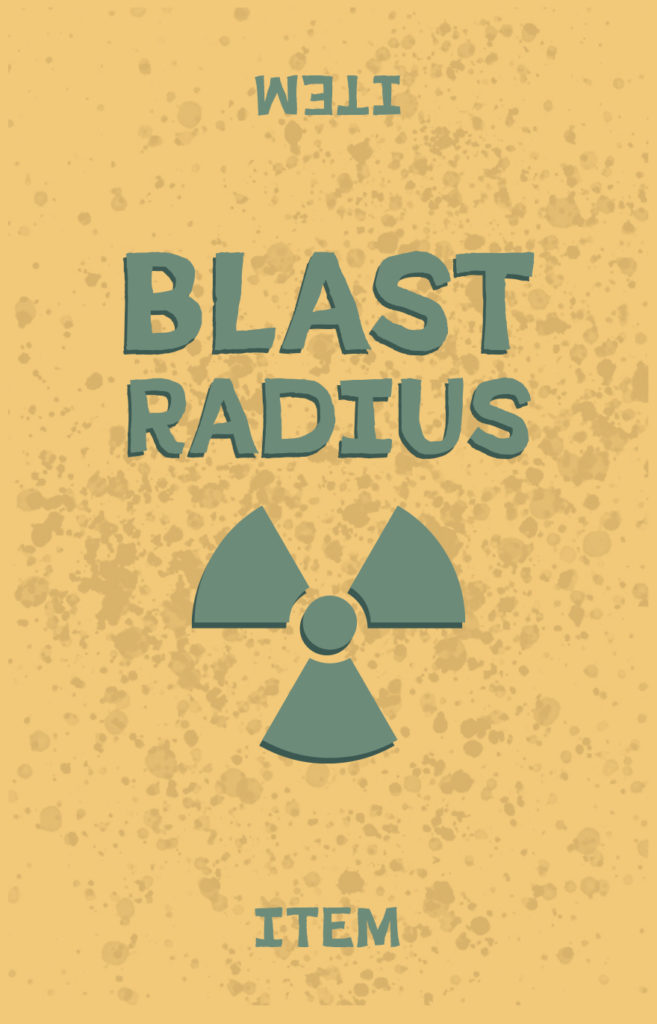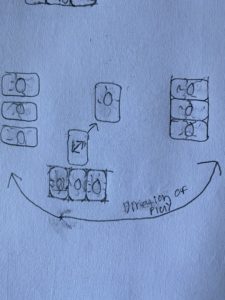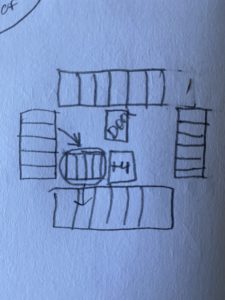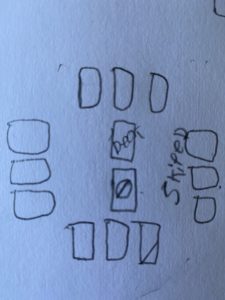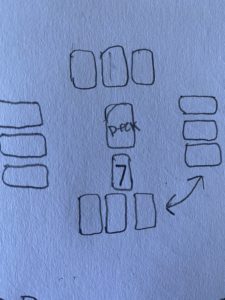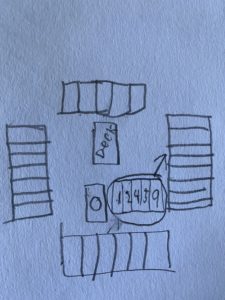I have spent time today in class making changes to my game, which was previously called “DISASTERS” and has now been changed to “BLAST RADIUS.” The original name was a working title as the original concept of the game was to have multiple different “disasters” that could be chosen from to change the story of the game. However, I found that the complexity that this added wasn’t really worth the amount of work that it would take to make different cards for different decks. I doubled down on the nuclear reactor explosion as the disaster, hence the name change.
I also spent time putting all of the possible items that can be drawn into a spreadsheet to manage the balance for further play-testing. The screenshot of what that looks like and how it was organized is below.
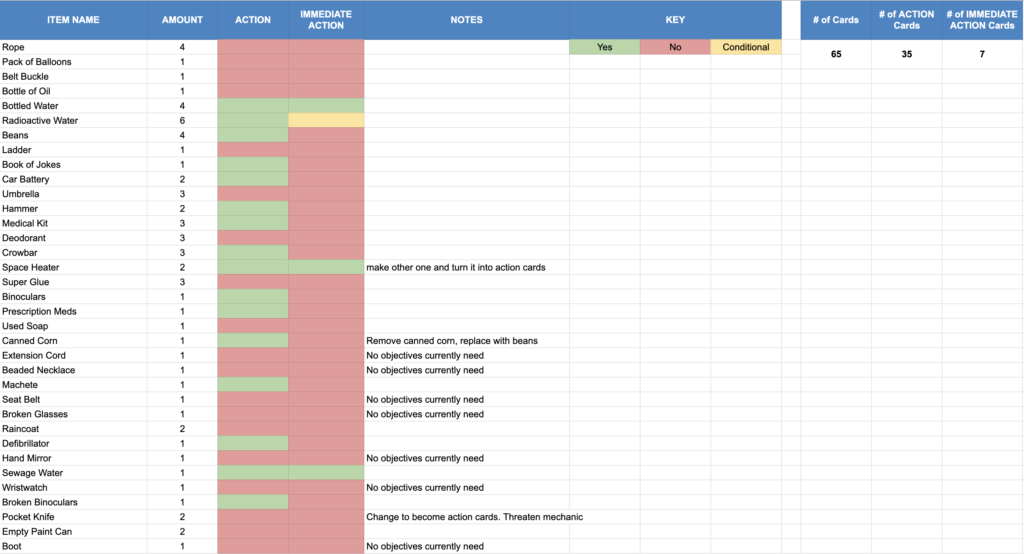
I also spent a bit of time in class designing proofs for the backs of the item cards and objective cards to see what a final version of the cards might look like. Those images are also below.

Let me know what you think 🙂

